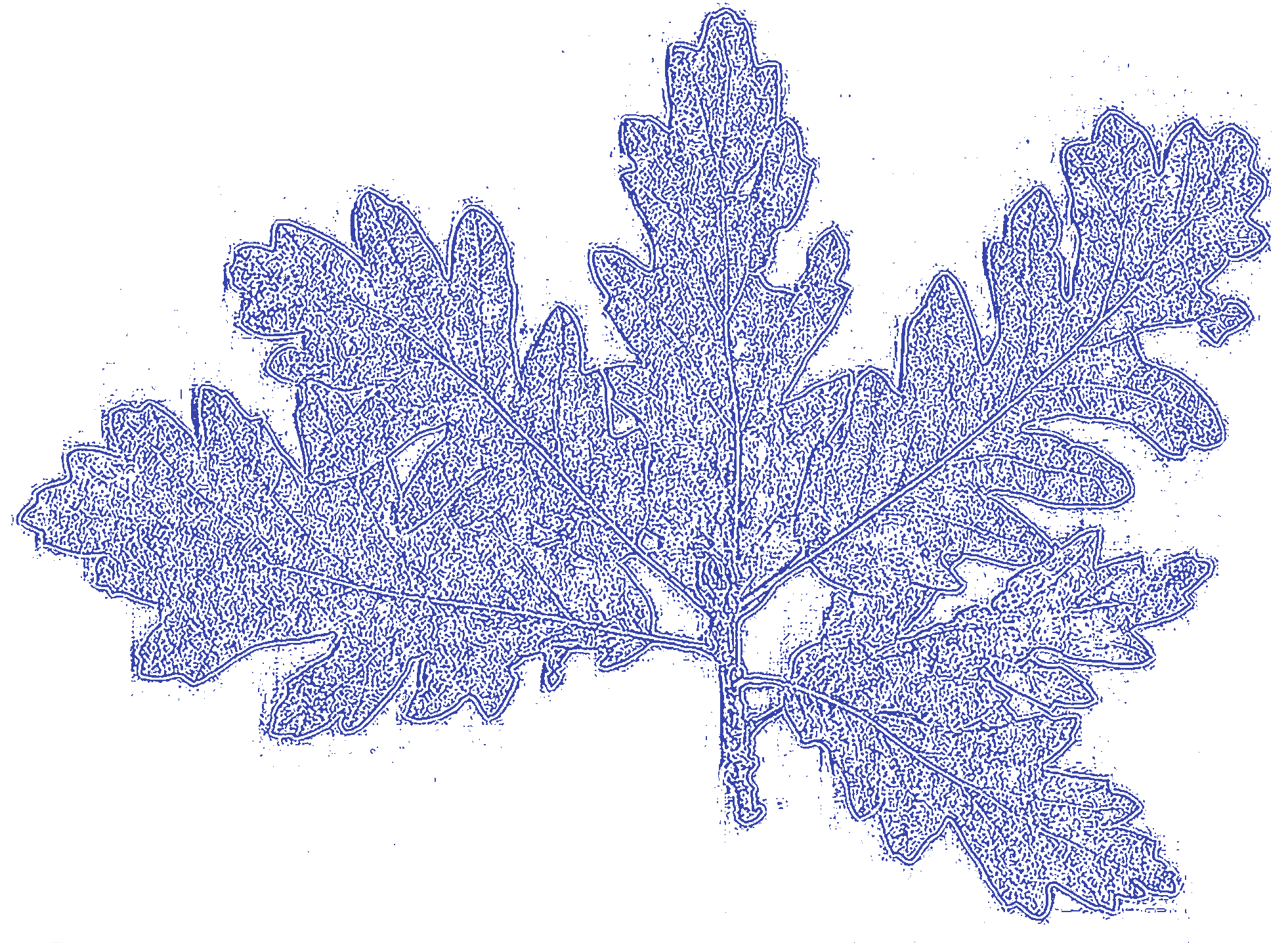Microstructure and biopharmaceutical performances of curcumin-loaded low-energy nanoemulsions containing eucalyptol and pinene: Terpenes’ role overcome penetration enhancement effect?
Authorized Users Only
2020
Authors
Nikolić, Ines
Mitsou, Evgenia

Pantelić, Ivana

Randjelović, Danijela

Marković, Bojan D.

Papadimitriou, Vassiliki

Xenakis, Aristotelis

Lunter, Dominique Jasmin

Žugić, Ana
Savić, Snežana D.

Article (Published version)
 ,
, Elsevier BV
Metadata
Show full item recordAbstract
he objective of this work was to develop low-energy nanoemulsions for enhanced dermal delivery of curcumin, using monoterpene compounds eucalyptol (EUC) and pinene (PIN) as chemical penetration enhancers. Spontaneous emulsification was the preparation method. All formulations contained 10% of the oil phase (medium-chain triglycerides (MCT), or their mixture with EUC or PIN). Formulations were stabilized by the combination of polysorbate 80 and soybean lecithin (surfactant-to-oil-ratio=1). Concentration of curcumin was set to 3 mg/ml. Average droplet diameter of all tested formulations ranged from 102 nm to 132 nm, but the ones containing monoterpenes had significantly smaller size compared to the MCT formulation. Such finding was profoundly studied through electron paramagnetic resonance spectroscopy, which proved that the presence of monoterpenes modified the nanoemulsions’ interfacial environment, resulting in droplet size reduction. The release study of curcumin (using Franz cells...) demonstrated that the cumulative amount released after 6 h of the experiment was 10.1 ± 0.2% for the MCT nanoemulsions, 13.9 ± 0.1% and 14.0 ± 0.2% for PIN and EUC formulations, respectively. In vivo tape stripping revealed their performances in delivering curcumin into the skin, indicating the following order: EUC>MCT>PIN. The formulation with EUC was clearly the most successful, giving the highest cumulative amount of curcumin that penetrated per surface unit: 34.24±5.68 µg/cm2. The MCT formulation followed (30.62±2.61 µg/cm2) and, finally, the one with PIN (21.61±0.11 µg/cm2). These results corelated with curcumin's solubility in the chosen oils: 4.18±0.02 mg/ml for EUC, 1.67±0.04 mg/ml for MCT and 0.21±0.01 mg/ml for PIN. Probably, higher solubility in the oil phase of the nanoemulsion promoted curcumin's solubility in the superficial skin layers, providing enhanced penetration.
Keywords:
Monoterpene / Low-energy nanoemulsion / Electron paramagnetic resonance spectroscopy / Interfacial dynamics / Penetration / CurcuminSource:
European Journal of Pharmaceutical Sciences, 2020, 142, 105135-Publisher:
- Elsevier
Funding / projects:
- Development of micro- and nanosystems as carriers for drugs with anti-inflammatory effect and methods for their characterization (RS-MESTD-Technological Development (TD or TR)-34031)
- Micro- Nanosystems and Sensors for Electric Power and Process Industry and Environmental Protection (RS-MESTD-Technological Development (TD or TR)-32008)
- bilateral project between the Republic of Serbia and the Federal Republic of Germany (Biosurfactants and biopolysaccharides/film-forming polymers as cosmetic raw materials and prospective pharmaceutical excipients: formulation of colloidal and film-forming delivery systems)
Note:
- The peer-reviewed version: http://cer.ihtm.bg.ac.rs/handle/123456789/3386
DOI: 10.1016/j.ejps.2019.105135
ISSN: 09280987
WoS: 000505188900020
Scopus: 2-s2.0-85074713831
Collections
Institution/Community
IHTMTY - JOUR AU - Nikolić, Ines AU - Mitsou, Evgenia AU - Pantelić, Ivana AU - Randjelović, Danijela AU - Marković, Bojan D. AU - Papadimitriou, Vassiliki AU - Xenakis, Aristotelis AU - Lunter, Dominique Jasmin AU - Žugić, Ana AU - Savić, Snežana D. PY - 2020 UR - https://cer.ihtm.bg.ac.rs/handle/123456789/3309 AB - he objective of this work was to develop low-energy nanoemulsions for enhanced dermal delivery of curcumin, using monoterpene compounds eucalyptol (EUC) and pinene (PIN) as chemical penetration enhancers. Spontaneous emulsification was the preparation method. All formulations contained 10% of the oil phase (medium-chain triglycerides (MCT), or their mixture with EUC or PIN). Formulations were stabilized by the combination of polysorbate 80 and soybean lecithin (surfactant-to-oil-ratio=1). Concentration of curcumin was set to 3 mg/ml. Average droplet diameter of all tested formulations ranged from 102 nm to 132 nm, but the ones containing monoterpenes had significantly smaller size compared to the MCT formulation. Such finding was profoundly studied through electron paramagnetic resonance spectroscopy, which proved that the presence of monoterpenes modified the nanoemulsions’ interfacial environment, resulting in droplet size reduction. The release study of curcumin (using Franz cells) demonstrated that the cumulative amount released after 6 h of the experiment was 10.1 ± 0.2% for the MCT nanoemulsions, 13.9 ± 0.1% and 14.0 ± 0.2% for PIN and EUC formulations, respectively. In vivo tape stripping revealed their performances in delivering curcumin into the skin, indicating the following order: EUC>MCT>PIN. The formulation with EUC was clearly the most successful, giving the highest cumulative amount of curcumin that penetrated per surface unit: 34.24±5.68 µg/cm2. The MCT formulation followed (30.62±2.61 µg/cm2) and, finally, the one with PIN (21.61±0.11 µg/cm2). These results corelated with curcumin's solubility in the chosen oils: 4.18±0.02 mg/ml for EUC, 1.67±0.04 mg/ml for MCT and 0.21±0.01 mg/ml for PIN. Probably, higher solubility in the oil phase of the nanoemulsion promoted curcumin's solubility in the superficial skin layers, providing enhanced penetration. PB - Elsevier T2 - European Journal of Pharmaceutical Sciences T1 - Microstructure and biopharmaceutical performances of curcumin-loaded low-energy nanoemulsions containing eucalyptol and pinene: Terpenes’ role overcome penetration enhancement effect? VL - 142 SP - 105135 DO - 10.1016/j.ejps.2019.105135 ER -
@article{
author = "Nikolić, Ines and Mitsou, Evgenia and Pantelić, Ivana and Randjelović, Danijela and Marković, Bojan D. and Papadimitriou, Vassiliki and Xenakis, Aristotelis and Lunter, Dominique Jasmin and Žugić, Ana and Savić, Snežana D.",
year = "2020",
abstract = "he objective of this work was to develop low-energy nanoemulsions for enhanced dermal delivery of curcumin, using monoterpene compounds eucalyptol (EUC) and pinene (PIN) as chemical penetration enhancers. Spontaneous emulsification was the preparation method. All formulations contained 10% of the oil phase (medium-chain triglycerides (MCT), or their mixture with EUC or PIN). Formulations were stabilized by the combination of polysorbate 80 and soybean lecithin (surfactant-to-oil-ratio=1). Concentration of curcumin was set to 3 mg/ml. Average droplet diameter of all tested formulations ranged from 102 nm to 132 nm, but the ones containing monoterpenes had significantly smaller size compared to the MCT formulation. Such finding was profoundly studied through electron paramagnetic resonance spectroscopy, which proved that the presence of monoterpenes modified the nanoemulsions’ interfacial environment, resulting in droplet size reduction. The release study of curcumin (using Franz cells) demonstrated that the cumulative amount released after 6 h of the experiment was 10.1 ± 0.2% for the MCT nanoemulsions, 13.9 ± 0.1% and 14.0 ± 0.2% for PIN and EUC formulations, respectively. In vivo tape stripping revealed their performances in delivering curcumin into the skin, indicating the following order: EUC>MCT>PIN. The formulation with EUC was clearly the most successful, giving the highest cumulative amount of curcumin that penetrated per surface unit: 34.24±5.68 µg/cm2. The MCT formulation followed (30.62±2.61 µg/cm2) and, finally, the one with PIN (21.61±0.11 µg/cm2). These results corelated with curcumin's solubility in the chosen oils: 4.18±0.02 mg/ml for EUC, 1.67±0.04 mg/ml for MCT and 0.21±0.01 mg/ml for PIN. Probably, higher solubility in the oil phase of the nanoemulsion promoted curcumin's solubility in the superficial skin layers, providing enhanced penetration.",
publisher = "Elsevier",
journal = "European Journal of Pharmaceutical Sciences",
title = "Microstructure and biopharmaceutical performances of curcumin-loaded low-energy nanoemulsions containing eucalyptol and pinene: Terpenes’ role overcome penetration enhancement effect?",
volume = "142",
pages = "105135",
doi = "10.1016/j.ejps.2019.105135"
}
Nikolić, I., Mitsou, E., Pantelić, I., Randjelović, D., Marković, B. D., Papadimitriou, V., Xenakis, A., Lunter, D. J., Žugić, A.,& Savić, S. D.. (2020). Microstructure and biopharmaceutical performances of curcumin-loaded low-energy nanoemulsions containing eucalyptol and pinene: Terpenes’ role overcome penetration enhancement effect?. in European Journal of Pharmaceutical Sciences Elsevier., 142, 105135. https://doi.org/10.1016/j.ejps.2019.105135
Nikolić I, Mitsou E, Pantelić I, Randjelović D, Marković BD, Papadimitriou V, Xenakis A, Lunter DJ, Žugić A, Savić SD. Microstructure and biopharmaceutical performances of curcumin-loaded low-energy nanoemulsions containing eucalyptol and pinene: Terpenes’ role overcome penetration enhancement effect?. in European Journal of Pharmaceutical Sciences. 2020;142:105135. doi:10.1016/j.ejps.2019.105135 .
Nikolić, Ines, Mitsou, Evgenia, Pantelić, Ivana, Randjelović, Danijela, Marković, Bojan D., Papadimitriou, Vassiliki, Xenakis, Aristotelis, Lunter, Dominique Jasmin, Žugić, Ana, Savić, Snežana D., "Microstructure and biopharmaceutical performances of curcumin-loaded low-energy nanoemulsions containing eucalyptol and pinene: Terpenes’ role overcome penetration enhancement effect?" in European Journal of Pharmaceutical Sciences, 142 (2020):105135, https://doi.org/10.1016/j.ejps.2019.105135 . .

